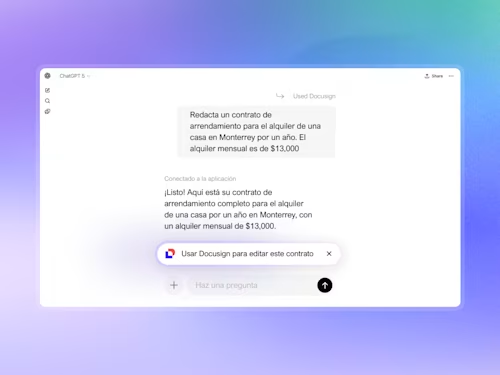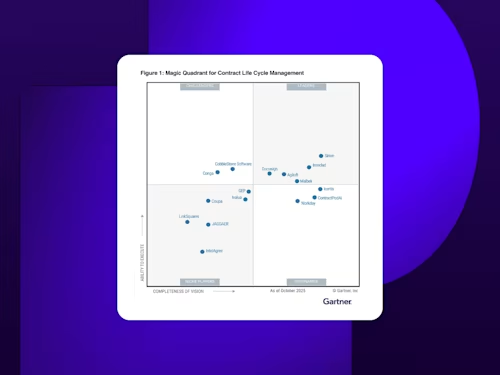
Publicaciones populares
Normatividad farmacéutica: cómo cumplirla con gestión de contratos
Cumple la normatividad farmacéutica con gestión de contratos y firmas electrónicas seguras que garantizan trazabilidad y eficiencia.


Descubre cómo crecen las organizaciones con Docusign
Estrategias e insights sobre acuerdos, enviados directamente a tu bandeja de entrada
Docusign IAM: la plataforma de acuerdos que tu negocio necesita














